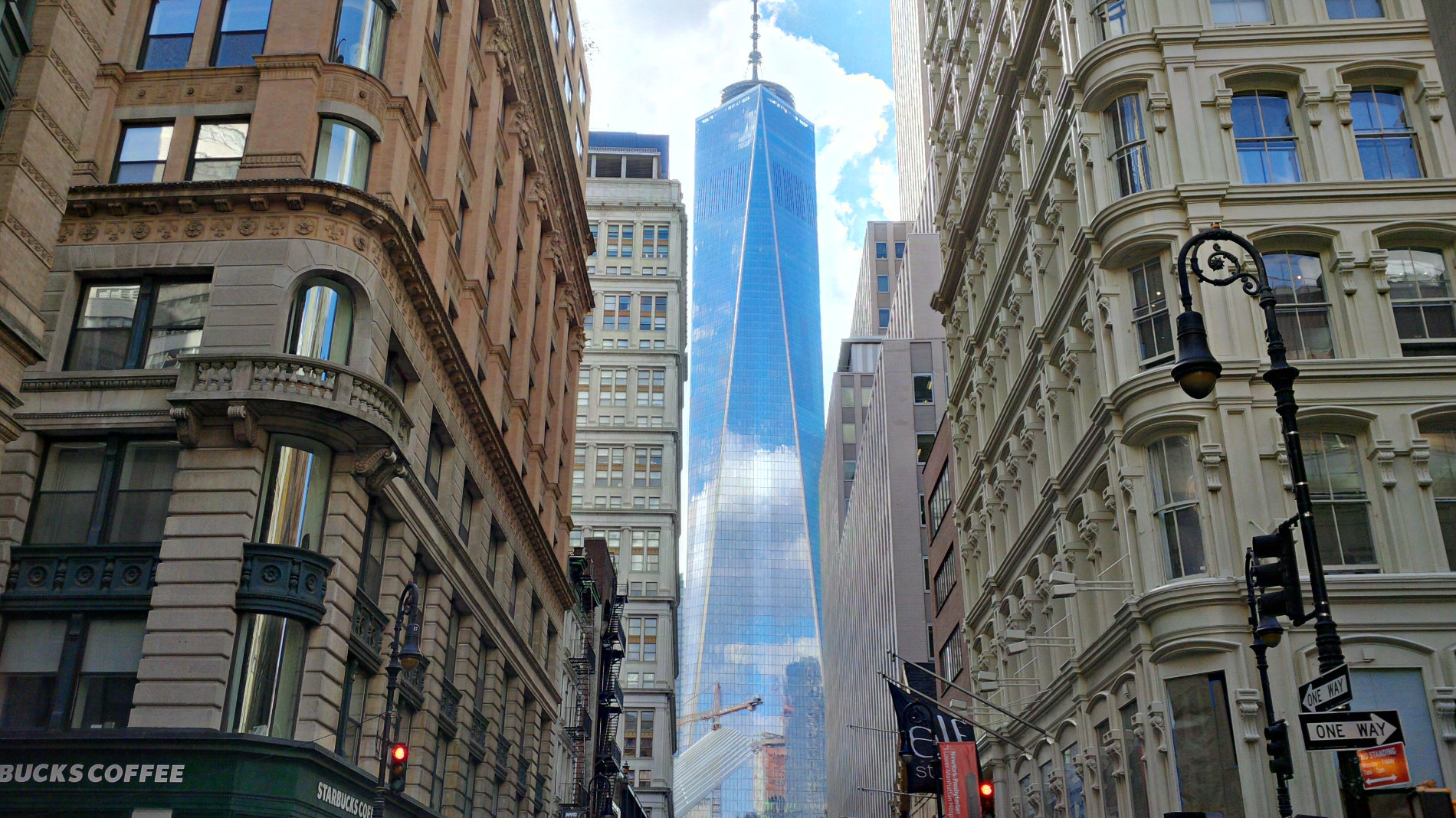By Iris Rita Richard, Esq.
As the days shorten and the air cools, nature’s most vibrant spectacle of art, a living canvas, begins. The lush greens of summer trees give way to a breathtaking “riot of color.” Maples ignite in brilliant scarlet and fiery orange, while oaks turn a deep, burnished gold. Trees painted with a beautiful palette of warmth.
In a city as green as Washington, DC, it’s common for trees to serve as natural property markers. After all, trees in the city are critical to our well-being. Among many other benefits, these trees improve our air and water quality, give shade from the sun and cool our neighborhoods, and provide critical habitats for birds and sometimes people too! However, when a neighbor’s tree begins to encroach on your property, or its roots crack your sidewalk, or its branches overhang your roof, that beautiful foliage can quickly become a legal headache.
Understanding DC law is essential to resolving these disputes amicably and legally. While many issues can be solved with a conversation between parties, sometimes you need to know your rights and responsibilities to protect your property.
Who Owns the Tree? It All Starts at the Trunk
A common question in property disputes is who legally “owns” a tree. The owner of the land where the tree trunk is located is the owner of the tree. This is true even if a large portion of the branches or roots extend onto a neighbor’s property.
An exception is a “boundary tree,” where the trunk is located directly on the property line between two or more properties. In this case, all landowners on whose property the trunk sits are considered co-owners and share responsibility for the tree.
The Right to “Self-Help”
DC follows a legal principle known as “self-help.” This means that if a neighbor’s tree branches or roots cross your property line, you generally have the legal right to trim them back to the property line. However, this right comes with important limitations:
- You cannot enter your neighbor’s property without their permission to perform the trimming;
- The trimming must be done in a way that does not damage the health or structural integrity of the tree. If you harm the tree, you could be held liable for damages; and
- You are responsible for the cleanup and disposal of any branches or debris you cut down.
“Self-help” is a common starting point, but it may not be sufficient for more complex issues, like significant root damage to your home’s foundation or plumbing.
When a Tree Becomes a “Nuisance” or “Hazard”
While the “self-help” rule applies to general encroachment, DC law also addresses situations where a tree becomes a danger to your property and its structures. If a tree on your neighbor’s property is diseased, dead, or otherwise in a hazardous condition and a “reasonably prudent person” would know it could cause damage, the tree owner may be held liable if it falls and causes injury or property damage.
In these cases, the legal standard is negligence. It’s crucial to document your concerns and gather evidence of the damage by:
- sending a formal written notice to your neighbor by certified mail, return receipt;
- taking supporting photos; and
- getting, if necessary, an arborist’s report to confirm the tree’s hazardous condition. An arborist is a specialist in cultivating and caring for trees and shrubs. To find a good arborist check for an International Society of Arboriculture (“ISA”) certified arborist credential. The average cost to hire an arborist is $875, but depending on the service type, tree size, and number of trees, cost can range anywhere from $75 to $5000.
This documentation can be critical in a future legal claim.
The Role of D.C. Arborists and Regulations
Before taking any action, especially involving a large or “special” tree, it’s vital to be aware of DC’s regulations. The District’s Department of Transportation (“DDOT”) Urban Forestry Division, the primary steward of DC’s ~170,000 public trees, has specific rules regarding the protection and removal of certain trees, particularly “special” trees, trees on “historic” property, and “heritage” trees. Damaging or removing these trees without a permit can result in significant fines. A qualified arborist can help you identify if the tree in question is regulated and provide expert advice on its condition.
Getting to the Root of the Problem
Tree and property line disputes can be a source of significant stress and financial burden. While it’s always best to try and work out an agreement with your neighbor, knowing your legal rights is essential for protecting your property and peace of mind.
If you are facing a property dispute involving a neighbor’s tree and are unsure of your rights, a qualified real estate or property law attorney can help you navigate the situation, provide legal advice, and represent you in court if necessary.
Disclaimer: This blog post is for informational purposes only. It is not intended as legal advice, and it does not create an attorney-client relationship between Burrell Law, P.C. and the reader. The law is complex and may change, and the information provided here may not apply to your specific situation. You should contact a qualified attorney to obtain advice with respect to your issue or problem.
